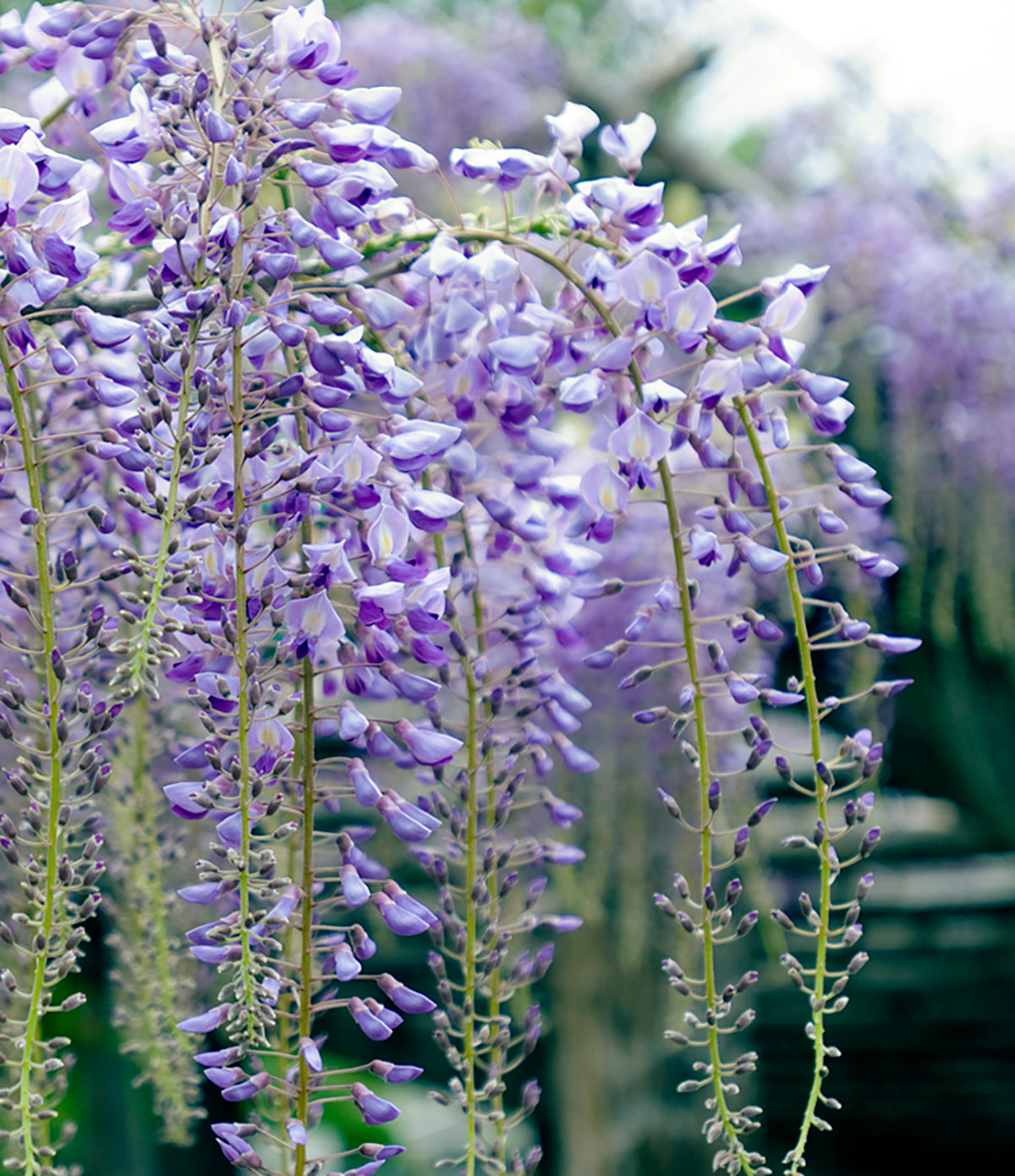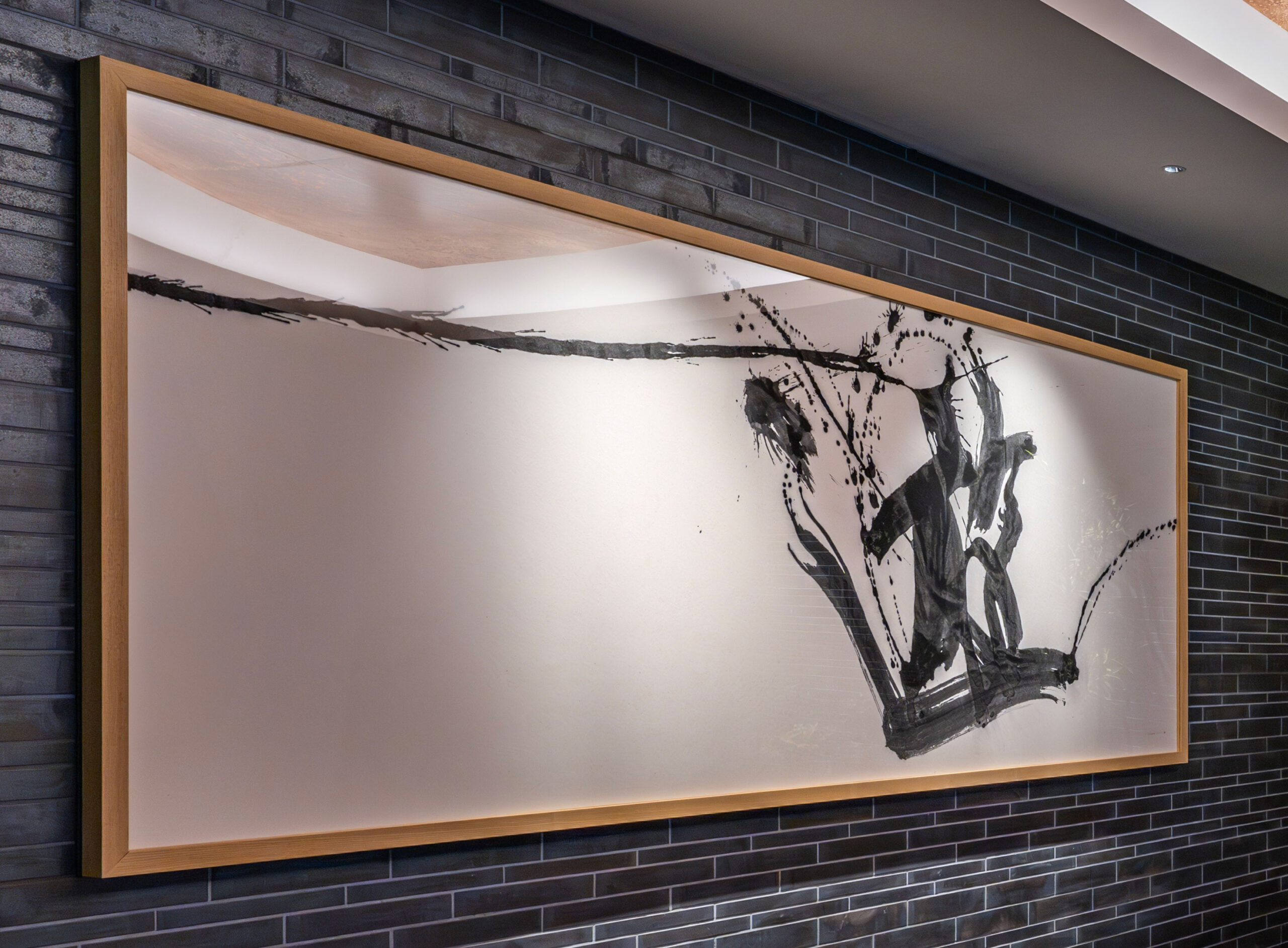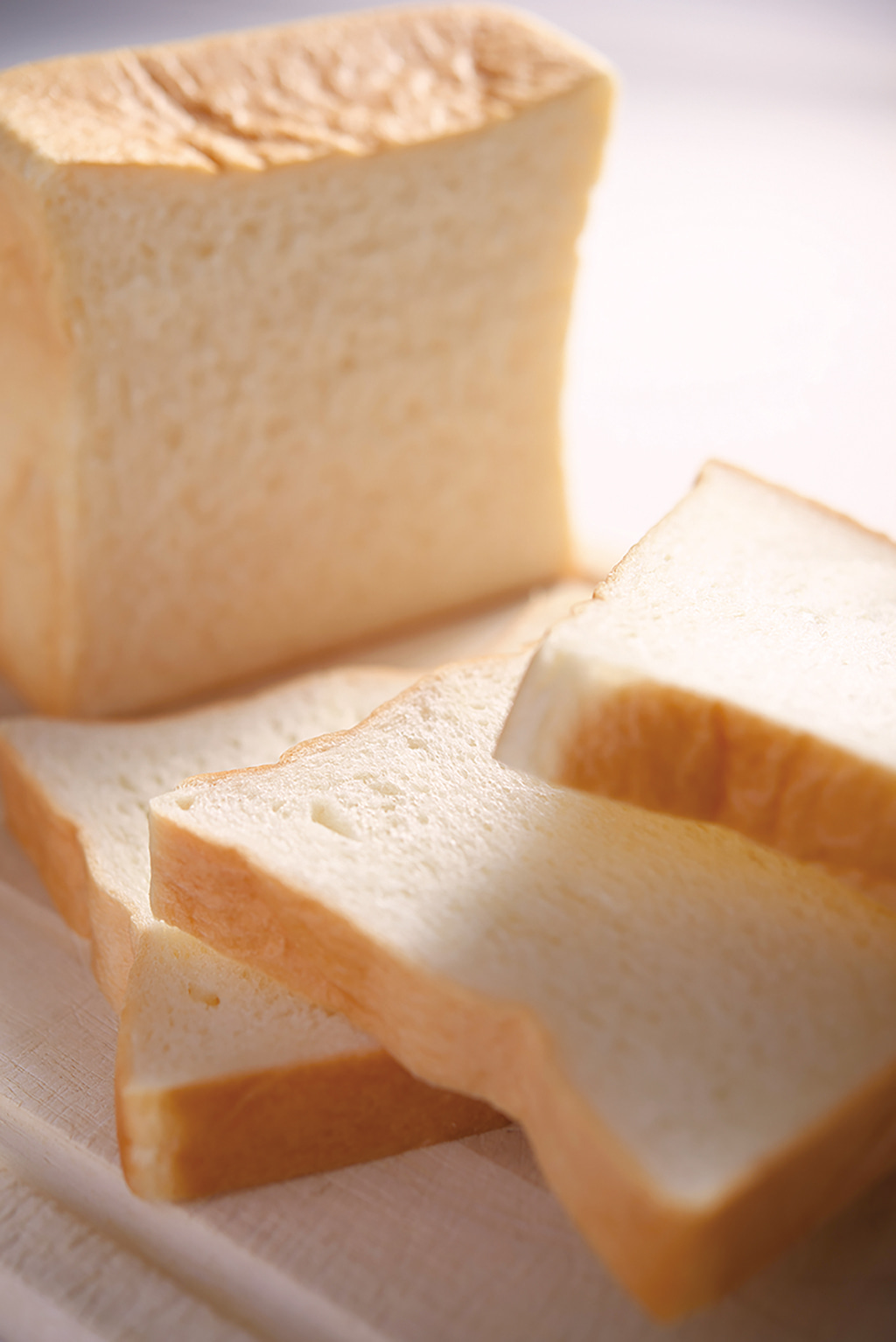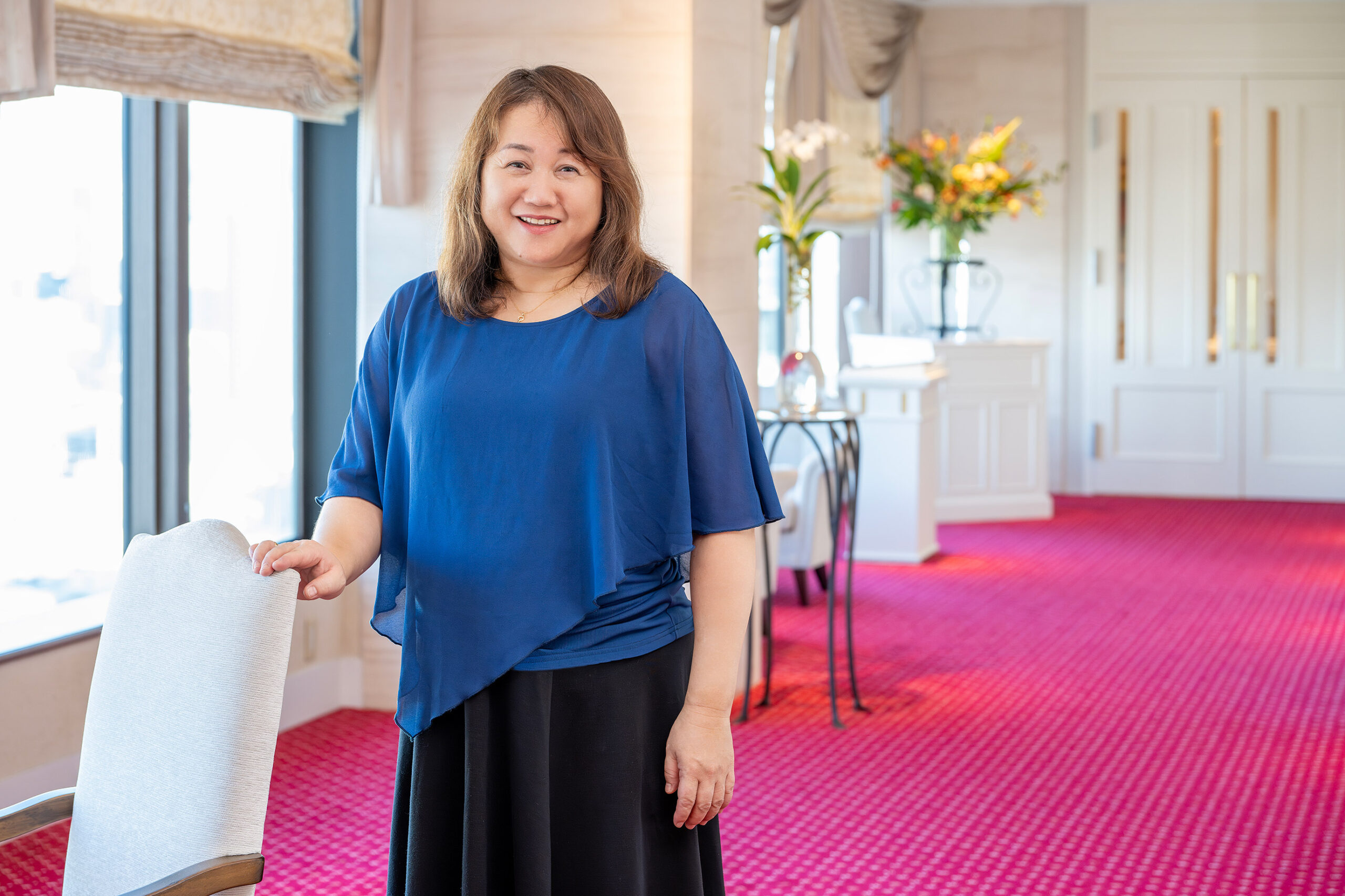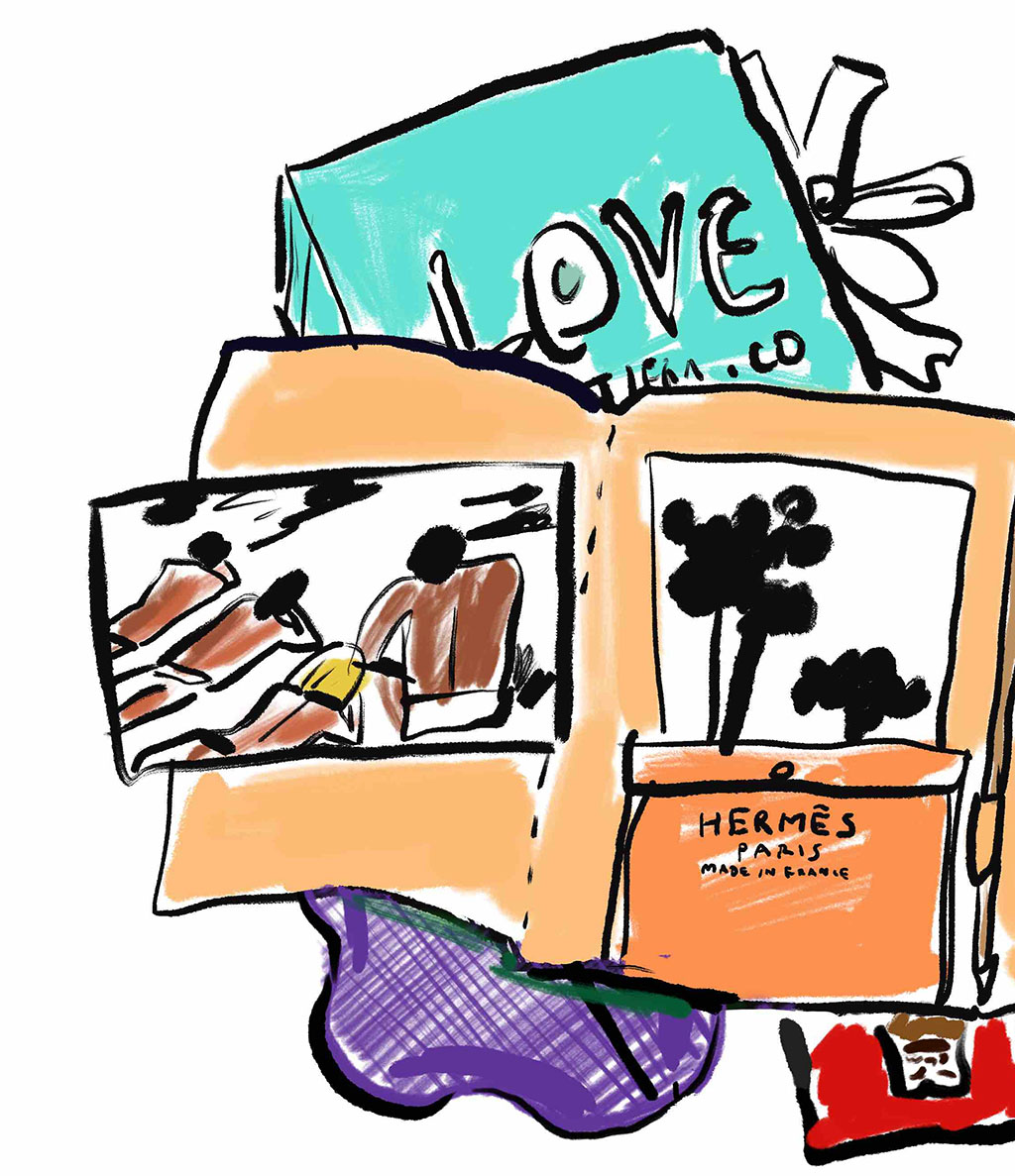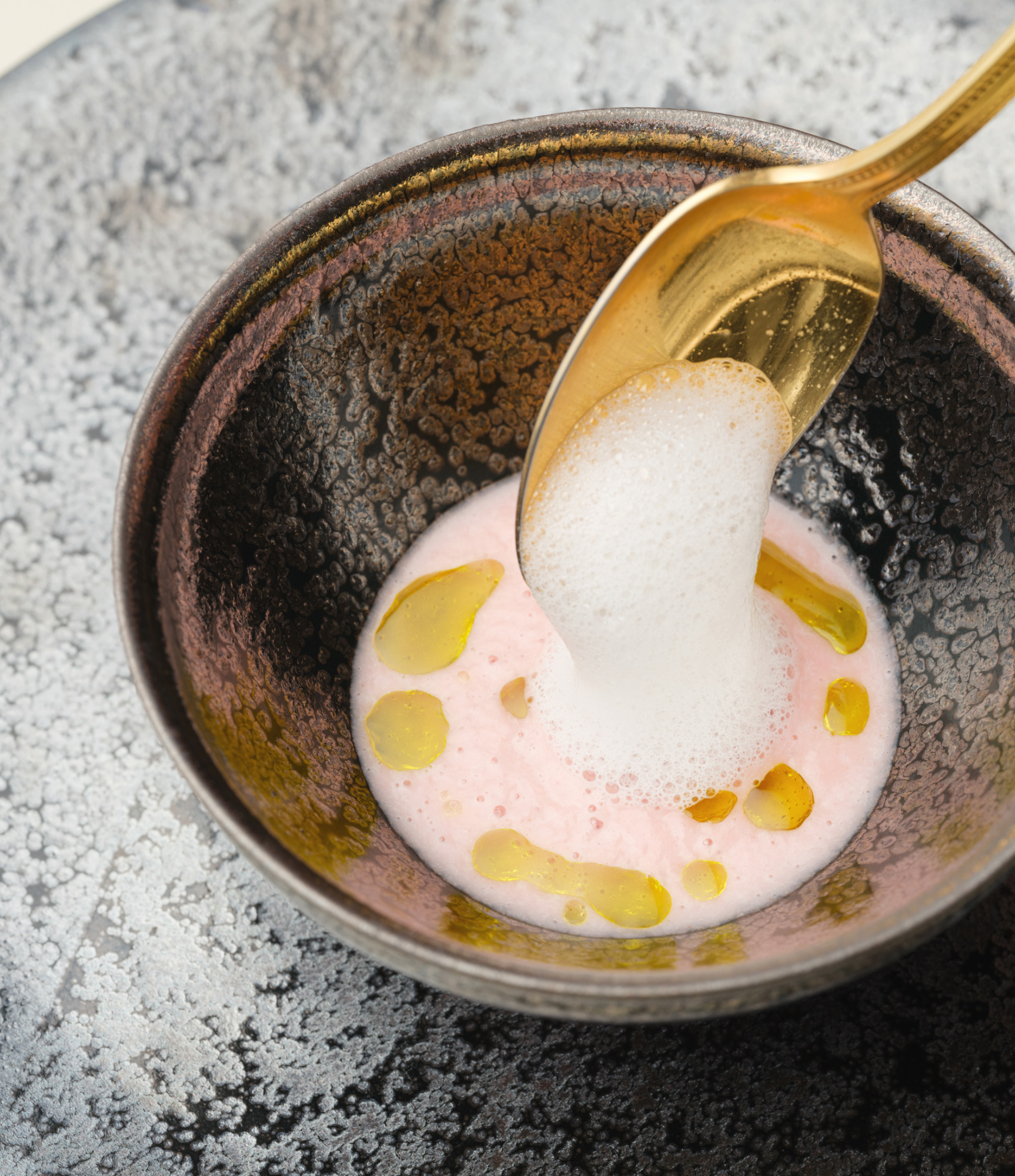
Hiroshima–Miyoshi Wishing for Peace from Hiroshima
This article was originally published in the Summer 2022 issue of The ROYAL.
All products, services, and prices are subject to change.
An Excursion from the RIHGA Royal Hotel Hiroshima

A walkway called “Ecorium” on the second floor of the Hiroshima Naka Incineration Plant redefines the concept of the waste disposal facility and is open to visitors. The walkway leads to a deck overlooking the ocean.
The Japanese film “Drive My Car,” winner of the 94th Academy Award for Best International Film, was filmed in Hiroshima. With newspaper reporter Yaoi Kensuke, we will be visiting various spots in Hiroshima, including some “Drive My Car” locations as well as the Hiroshima Peace Memorial Museum and the Atomic Bomb Dome, to see what Hiroshima has to tell us about “peace” in this uncertain time when peace is constantly under threat in many parts of the world, including Ukraine.
Text/Photography by Yaoi Kensuke
(Photos taken at the Hiroshima Naka Incineration Plant, Jimmy Carter Civic Center, and Mirasaka Peace Museum of Art)
The very existence of the city of Hiroshima is a symbol of peace.

The Hiroshima Naka Incineration Plant was designed by Taniguchi Yoshio, a world-renowned architect who has worked on numerous art museums. The building resembles a large monochromatic box, giving it a museum-like appearance. The exterior of the building and the “Ecorium,” the walkway on the second floor, are open to the public.
For the first time in 10 years, I moved back to Hiroshima, where I first started as a newspaper reporter in 2007. It was the end of March when I picked up the keys to my new home, and my excitement had still not died down since the day my boss asked me to move back to Hiroshima. Walking out of the real estate agency, it was already past noon.
I smelled Okonomiyaki sauce wafting all over the streets. Ah, this is Hiroshima.
Hiroshima is a very comfortable city to live in. The center of the city is close to the mountains and the Seto Inland Sea, and six rivers run through it both in the north and south. Thanks to its abundant nature, Hiroshima’s compact living area is saturated with peace and tranquility. The movie “Drive My Car” (directed by Hamaguchi Ryusuke), which won the 94th Academy Award for Best International Film, was filmed in this lovely city.

In the movie “Drive My Car,” the character Misaki, the personal driver, takes Kafuku, the main character, who is grieving the loss of his wife, to her favorite place. This powerful scene was filmed at the “Hiroshima Naka Incineration Plant,” designed by architect Taniguchi Yoshio. The Incineration Plant offers a unique view of the silver incinerators standing on both sides of a glass-walled walkway on the second floor that runs through the building, called the “Ecorium,” making it look like a work of art.

In September 2020, Nishizaki Tomoko, a member of the Hiroshima Film Commission, took Hamaguchi Ryusuke, the director, to the Hiroshima Naka Incineration Plant and introduced him to Hiroshima’s “Axis of Peace.” The “Axis of Peace” refers to a straight line that can be drawn by connecting the Atomic Bomb Dome, Hiroshima Peace Memorial Museum, and Cenotaph for the Atomic Bomb Victims from south to north, starting from the Atomic Bomb Dome, which was planned to be demolished at the time of the construction of the Hiroshima Peace Memorial Park. It was the idea of architect Tange Kenzo, who designed the park. And Taniguchi Yoshio, who studied under Tange, placed the glass-walled walkway of the Hiroshima Naka Incineration Plant on the extension of the axis line, as if it hoped that the desire for peace would continue forever. Nishizaki said, “The director seemed to be moved by the idea that ‘even a waste disposal facility was built to wish for peace.’”


Photos provided by Hiroshima Prefecture
The Hiroshima Peace Memorial Park is a large park located in the center of Hiroshima and was built near the hypocenter, wishing for lasting world peace. In the park are many facilities and monuments, including the Atomic Bomb Dome, which was designated a UNESCO World Heritage Site in 1996, the Hiroshima Peace Memorial Museum, and the Cenotaph for the Atomic Bomb Victims. The park was designed by architect Tange Kenzo, and the museum, plaza, cenotaph, and dome were all positioned so that they could all be connected by a single axis, called the “Axis of Peace.”
Leaving the Hiroshima Naka Incineration Plant, we are heading north to the Hiroshima Peace Memorial Park, where the filming of “Drive My Car” took place, and visiting the Hiroshima Peace Memorial Museum. We will then visit the Cenotaph for the Atomic Bomb Victims that reads, “Rest in peace. The mistake shall not be repeated,” and pray. Learning about the inhumanity of the nuclear weapon, which continues to torment people with atomic bomb sickness, makes us think about what we can do for the future.

The Hiroshima Orizuru Tower sits on the east side of the Atomic Bomb Dome, and the observation deck on the rooftop offers a panoramic view of Hiroshima and a breeze from the Seto Inland Sea.

Hiroshima is now a city with lush greenery. If you climb up to the top of the Hiroshima Orizuru Tower, a commercial complex standing on the east side of the Atomic Bomb Dome, you can see the whole revived city. Naturally, the view reminded me of the tragic, burned ruins of the city that I had seen at the Hiroshima Peace Memorial Museum. 77 years have passed since then. This beautiful city is indeed the symbol of peace and continues to tell us how precious peace is.
If you are visiting the film locations, a tour with pickup and drop-off service from the RIHGA Royal Hotel Hiroshima offered by Tsubame Kotsu is very convenient.
【DATA】
Hiroshima Naka Incineration Plant
1-5-1, Minami-Yoshima, Naka-ku, Hiroshima
Phone: +81(0) 82-249-8517
9:00~16:30
Closed: The year-end and new-year holidays
Factory Tour (free): Monday-Friday (except for national holidays, the year-end and new-year holidays, and August 6) and the third Sunday of even-numbered months.
Reservations are required by phone. Call by the 20th of the previous month of your intended month of visit.
Hiroshima Peace Memorial Museum
1-2, Nakajimacho, Naka-ku, Hiroshima
Phone: +81(0) 82-241-4004
8:30~18:00 (Opening Hours change depending on the season)
Closed: December 30 and 31
Admission:
Adults and College Students ¥200
High School Students ¥100
Free admission for children aged 15 or younger
Hiroshima Orizuru Tower
1-2-1, Otemachi, Naka-ku Hiroshima
Phone: +81(0) 82-569-6803
Observation Deck: 10:00~19:00 (last admission at 18:00)
Admission:
Adults ¥2200
High School Students and Junior High School Students ¥1,400
Elementary School Students ¥900
Children aged 4 or older ¥600
Paper cranes ¥100
※Visit the official website for more information.
A temple bell brought Miyoshi and former U.S. President Jimmy Carter together.

Jimmy Carter, a former U.S. President and Nobel Peace Prize laureate, has twice visited Miyoshi, a mountain town in northeastern Hiroshima.
The connection between Jimmy Carter and the city of Miyoshi was initiated by the temple bell of a local temple, Shoganji. During the war, the bell was donated to the military but not used, and it was sent to the U.S. via the U.K. In 1985, when a facility for Carter’s peace activities was built in Atlanta, Georgia, Japanese residents in the U.S. donated the bell as a symbol of peace, and it has been on display since then.

This connection brought former President Carter to Miyoshi in 1990. In 1994, Mr. and Mrs. Carter visited Miyoshi again to attend the opening ceremony of the Jimmy Carter Civic Center, a center for lifelong learning and peace education.

Jimmy Carter, who was once a peanut farmer, gifted peanuts to Miyoshi during his visit. Now, peanuts have become a popular Miyoshi souvenir. (right)
At the Jimmy Carter Civic Center, you can learn about how former President Carter, who was born into a peanut farmer family, started to have an interest in racial and educational issues and became a politician. It is the only place of its kind in Japan.

The Mirasaka Peace Museum of Art opened in 1991 to commemorate Mirasaka’s declaration of commitment to the Nuclear Free Local Authorities of 1986. The museum exhibits works by local artist Kakite Shunzo all year and displays special works of art on the theme of the atomic bomb during the summer.
The “Mirasaka Peace Museum of Art” in Miyoshi exhibits works by local surrealist artist Kakite Shunzo. Kakite Shunzo was an artist who was also involved in social activism, including protesting against sea reclamation, and his love for nature is evident in his softly colored landscape paintings. Although Miyoshi is a tranquil provincial city, you can tell its deep-rooted culture thrives with vitality.
More Miyoshi

Hirata Tourist Farm
When you visit Miyoshi, you should stop by the Hirata Tourist Farm, where you can enjoy fruit picking throughout the year. The 15-hectare farm grows about 150 varieties of fruits from 14 tree species. Their popular event, “Choudo Gari,” is held during the summer. (left) (from August 7 to early November) Visitors can enjoy hiking through the vast fields, picking various kinds of fruits such as peaches, grapes, pears, and apples. (Tickets are available for ¥1,430 and up.)
1740-3, Uedamachi, Miyoshi
Phone: +81(0) 824-69-2346
10:00~17:00 (December-February:~15:00)
Open year-round (Closed on Thursdays and Fridays from December to February, except for holidays)
【DATA】
Jimmy Carter Civic Center
10940, Konucho Hongo, Miyoshi
Phone: +81(0) 847-67-3535
9:00~18:00
Free admission
Closed: Mondays and the year-end and new-year holidays
Mirasaka Peace Museum of Art
2825-1, Mirasaka, Mirasakacho, Miyoshi
Phone: +81(0) 824-44-3214
9:00~17:00 (last admission at 16:30)
Admission:
Adults ¥150
Free admission for children aged 18 or younger and people aged 65 or older
(Additional charges for special exhibitions)
Closed: Mondays and the year-end and new-year holidays



